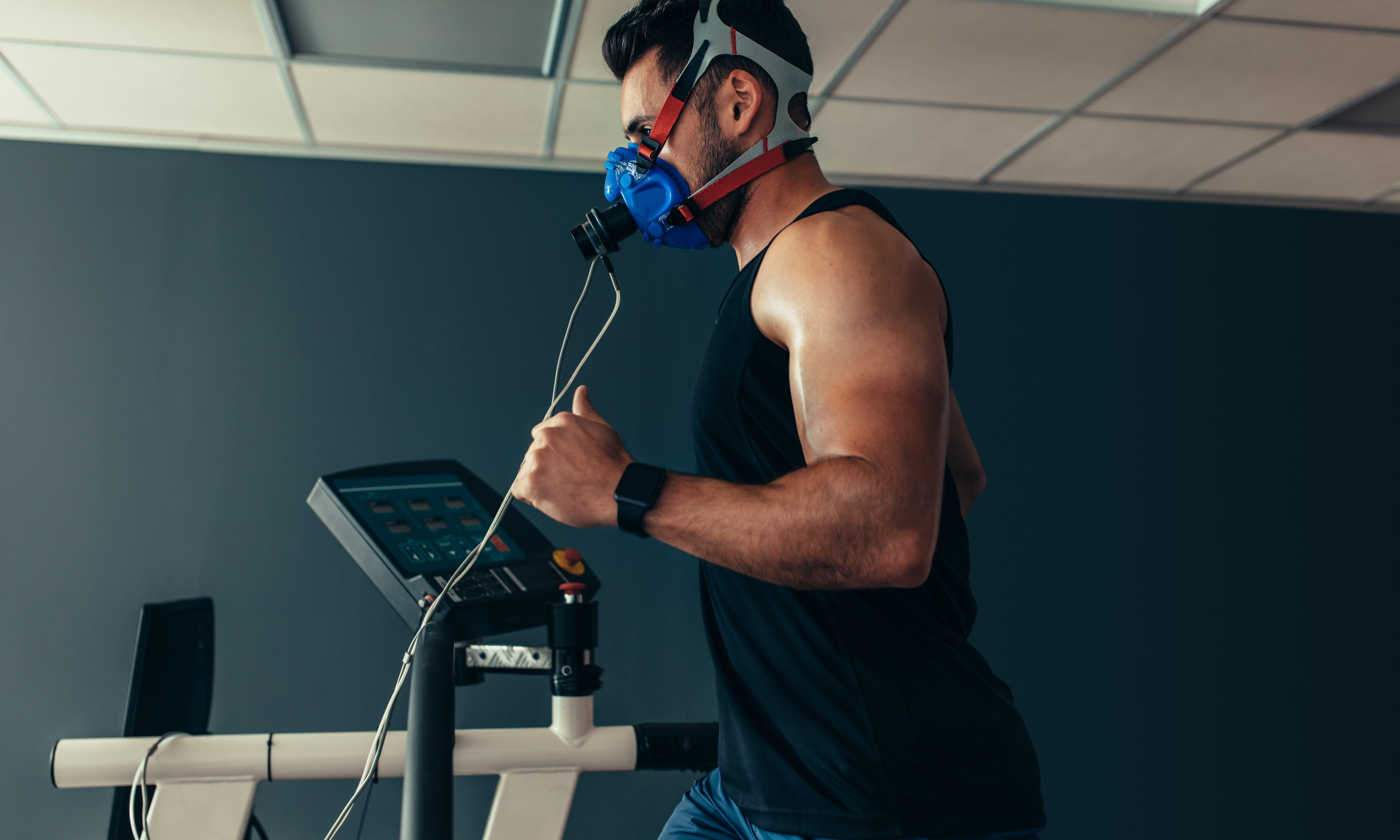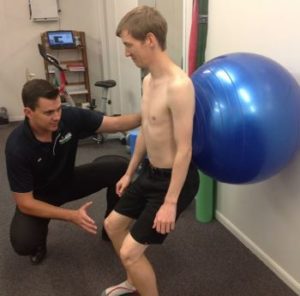
 An exercise physiologist is a specialist in exercise rehabilitation, exercise for health and complex medical conditions (i.e. osteoporosis, neurological disorders, obesity, diabetes), musculoskeletal rehabilitation, work conditioning, injury management, postural control and improving sports performance.
An exercise physiologist is a specialist in exercise rehabilitation, exercise for health and complex medical conditions (i.e. osteoporosis, neurological disorders, obesity, diabetes), musculoskeletal rehabilitation, work conditioning, injury management, postural control and improving sports performance.
What is the difference between an Exercise Physiologist (ED) and a Personal Trainer (PT)?
Personal trainers generally complete courses ranging 6 to 18 months and can only work with healthy populations as part of the fitness and recreation industry. Unlike personal trainers, Accredited Exercise Physiologists can offer Medicare and private health rebates. An Accredited Exercise Physiologist is a recognised professional within the health and medical sector who has completed a minimum 4 years of university training
What is an Accredited Exercise Physiologist (AEP)?
Accredited Exercise Physiologist’s (AEP) are four year university trained Allied Health Professionals specialising in the safe delivery of exercise, lifestyle and behavioural modification programs for the prevention and management of chronic disease and injury. An AEP is integral to the multidisciplinary approach of treating clients with chronic disease or injury who are eligible for referral under Medicare Australia, Department of Veterans’ Affairs, and Work Cover programs. AEPs are now more widely recognised by a number of private health insurers and as such are eligible to register with HICAPS. AEP are governed by Exercise and Sport Science Australia (ESSA) and have an alliance with APHRA.
As outlined in the ESSA Professional Scope of Practice (2010), an AEP has the capacity to provide or perform the following in order to manage and prevent chronic disease or injury as well as assist in restoring physical function, health and well-being:
- Screening and risk stratification to ensure the development of safe and appropriate individualised and group exercise or physical activity interventions
- Assess the functional movement capacity of individual’s of all ages and levels of health, well-being and fitness
- Provide clinical exercise interventions for individuals with existing, or at risk of developing, complex and chronic medical conditions
- Provide rehabilitation to restore functional capacity following acute injury and surgical interventions across all phases of rehabilitation
- Provide health education, advice and support to enhance client health, well-being and quality of life.
Chronic conditions
The chronic conditions an AEP works to prevent and manage fall within the broad categories of cardiorespiratory, metabolic, musculoskeletal, neuromuscular and neurological. This includes, but is not limited to, cardiovascular disease, hypertension, COPD, obesity, diabetes, arthritis, osteoporosis, joint injury or replacement, and stroke. In addition an AEP will assist clients in managing chronic pain as well as anxiety and depression through both exercise and education.
Client exercise and education can occur in a group or individual setting and may involve one or more modalities such as walking for heart health and overall fitness. Strength and resistance training, hydrotherapy and light aerobics may also be utilised for weight loss, blood glucose self-management, blood lipid and blood pressure management, falls prevention as well as injury prevention and rehabilitation.
An Exercise Physiologist cannot:
An AEP is not a Physiotherapist and as such cannot diagnose injuries/pathologies, perform joint manipulation, massage or ultrasound therapies, nor can they provide diagnostic testing, prescribe pharmaceuticals or perform invasive services, except for point of care testing.











